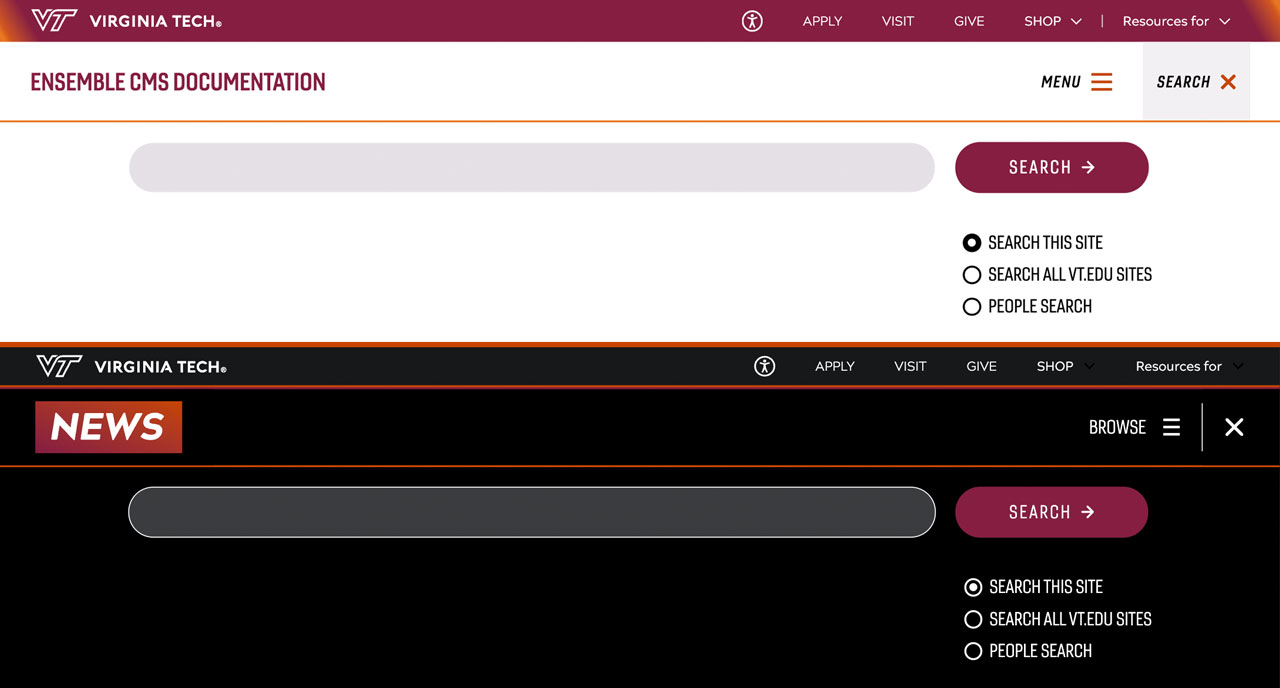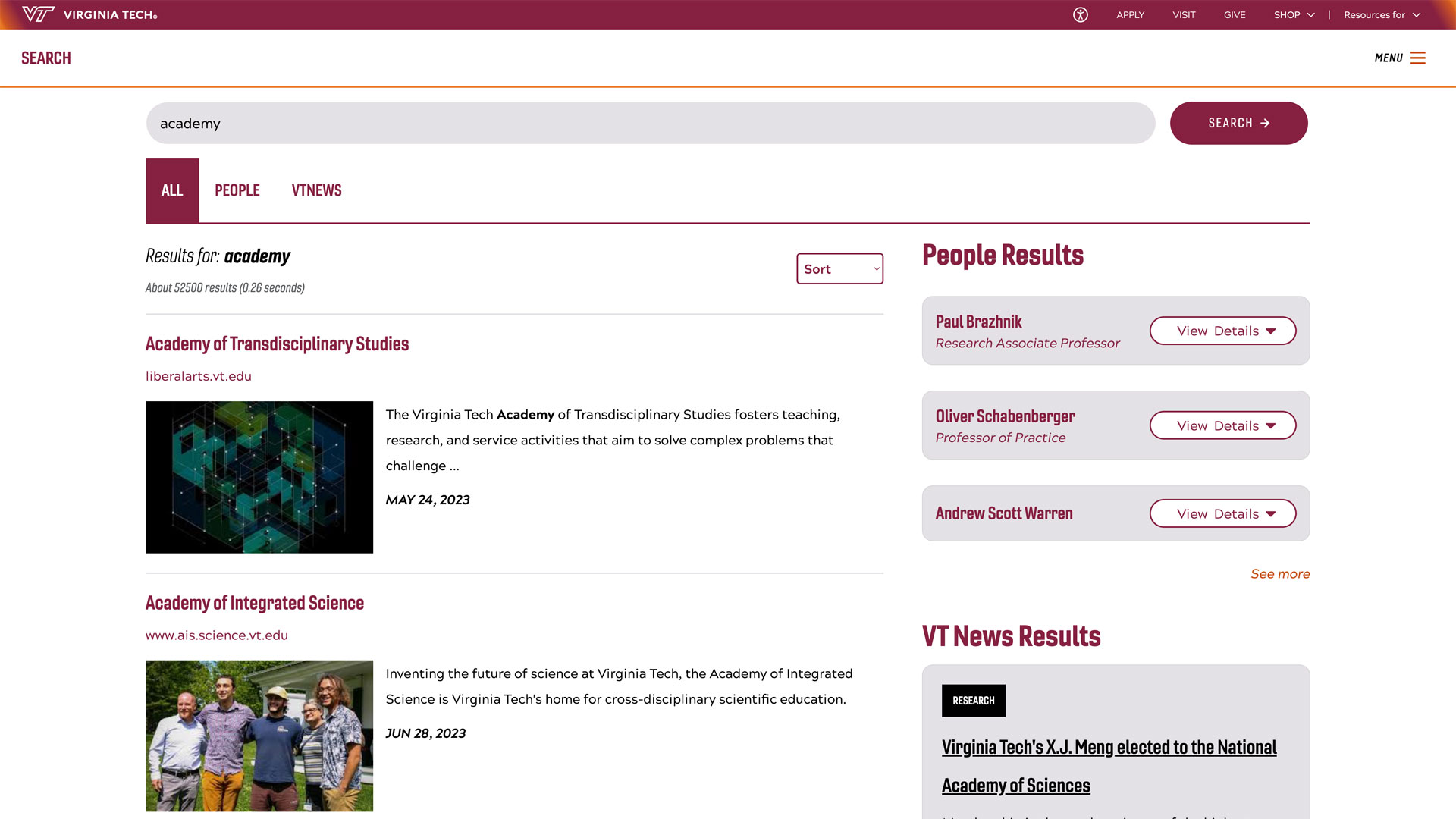Battlefield tourism research puts graduate assistants on the front lines

Graduate student Katie Lee never expected her first day of fieldwork with the Center for Economic and Community Engagement (CECE) to involve chatting with Parisians in a Shenandoah Valley military museum. Yet here she was, discovering that the region’s Civil War history draws visitors from around the world.
For Lee, an urban and regional planning master’s degree student, this unexpected encounter captured why she was there. Along with her center colleagues — Senior Economic Development Specialist Elli Travis and graduate assistant Sadhana Manthapuri — Lee was investigating what made New Market’s battlefield such a powerful magnet for visitors.
The team’s findings will help guide the Shenandoah Valley Battlefields Foundation, which preserves Civil War battlefields across eight counties, in making future investment decisions for New Market’s historic sites.
The center, part of Outreach and International Affairs, provides research and university connections to organizations and communities, helping them to think strategically and find a pathway to economic prosperity. It also provides a wide variety of experiential learning opportunities in communities across the commonwealth to graduate students.
“When our graduate students get into the field, they’re not just learning — they’re contributing real value to our projects and partners,” Executive Director John Provo said. “These hands-on experiences help them develop professional skills you can’t get in a classroom, while bringing fresh perspectives and energy to our research.”
Provo said the New Market project exemplifies this synergy, as understanding economic development requires both analytical skills and direct community engagement.
Lee wasn’t sure what to expect during her first trip into the field. “I had a lot of fun meeting the clients and getting to know the project on the ground,” she said. “Being able to see all the sites and visit the museums helped put everything in perspective. Learning about community engagement in a classroom is important, but having the opportunity to go out and use those lessons has been invaluable.”
That field experience allowed Manthapuri, who is pursuing her Ph.D. in planning, governance, and globalization, to hone her interview skills, better analyze data, and put it in a format that is easily understood.
“I’ve gotten a lot of experience managing timelines, tasks, and roles,” Manthapuri said. “I’ve also learned a lot about interviewing people and processing and presenting interview data. In urban planning, how you interact with the public matters a lot. Working in CECE has allowed me to bridge a gap in my knowledge.”
Virginia Tech students Miles Abernethy ’23, who is seeking a graduate degree in history, and Jillian Sasso ’24, who has bachelor’s degrees in history and political science, helped CECE distribute surveys for the project, a process which allowed them to develop public history skills and to engage in Civil War history in a modern and proactive way. Both students interned with the Shenandoah National Battlefields Foundation through a partnership the foundation has with the Virginia Center for Civil War Studies, which is part of the Virginia Tech Department of History.
Along with collecting surveys, the researchers examined how the battlefields and history museums in New Market affect the small town’s economy and compared it with other communities that also have heritage or battlefield tourism.
“Working with Virginia Tech has been phenomenal, and we couldn’t be more pleased with the students and staff,” said Keven Walker, CEO of the Shenandoah Valley Battlefields Foundation. “Tourism is a major driver of Virginia’s economy, and this project will help us get to know our battlefield visitors and enable us to design battlefield experiences that draw even more visitors to the region in the future.”
Travis said the project’s focus is to provide recommendations that will help New Market grow while also conserving open spaces. She said the impact of battlefield tourism will also have positive effects on businesses in the region and other attractions such as Shenandoah National Park and Luray Caverns.
“The work that the Shenandoah National Battlefields Foundation is doing to highlight New Market specifically helps shine a light on how historic downtowns serve as a vital center for all types of tourism,” Travis said.




